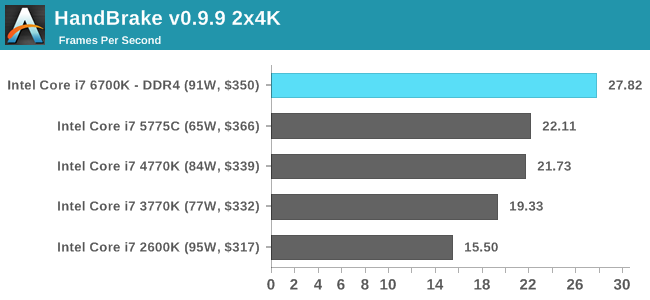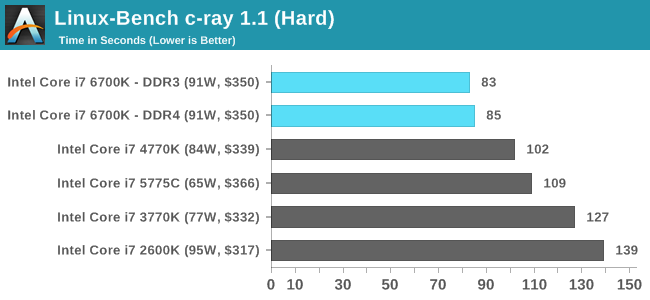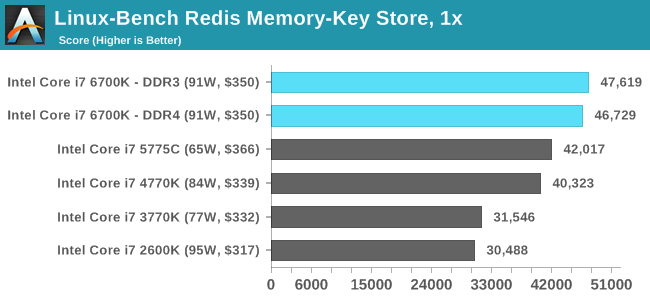Even so when looking at average frame-rates in titles where we are truly CPU-bound for the majority of the duration, there are some notable results: in GTA 5, the 6700K is 20 per cent faster than the 4790K, 34 per cent faster than the 3770K, with a 38 per cent uptick compared to the 2600K. Also noteworthy is Far Cry 4: 17/40/43 per cent faster respectively than its predecessors - Devil's Canyon, Ivy Bridge and Sandy Bridge.
Other results also show notable gains, but don't quite seem to reflect the difference we actually experienced when carrying out these tests. And that's all down to the averaging effect. In most games you won't be CPU bound all of the time, but during gameplay, it's the hitches and stutters when the CPU runs out of oomph that hit the experience the most. With that in mind, here's an alternative version of the table above, concentrating on lowest frame-rates. Note that being CPU-bound can cause a lot of stutter, which can introduce some degree of error to the results, but the trend is clear. When the CPU is the limiting factor in gameplay, Ivy Bridge and Sandy Bridge dip down hardest, the Haswell Devil's Canyon is more robust in some titles, but Skylake is considerably ahead.






